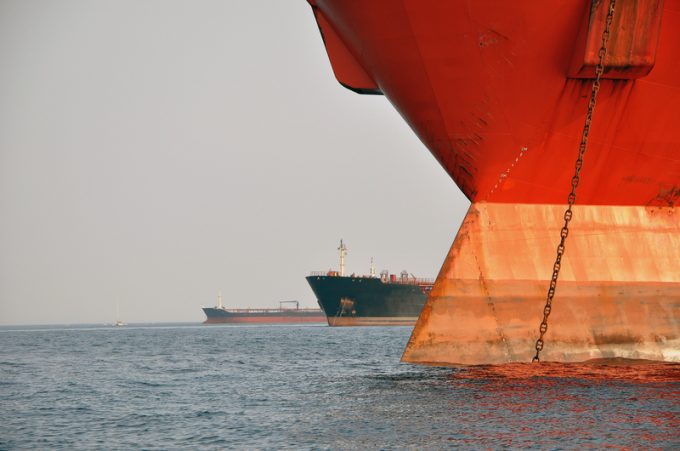Latest order takes MSC box ship orderbook past 2m teu mark
MSC has returned to Zhoushan Changhong International Shipyard for up to eight 21,700 teu LNG ...

The Red Sea crisis, driving extended voyage times around Africa, is creating simulated cargo demand and masking the growing imbalance of supply versus demand in the container liner industry.
According to Alphaliner data, some 350 newbuild container vessels, equalling a massive 2.3m teu of capacity, were delivered last year, representing an 8% increase in cellular global capacity, set against anaemic growth.
Moreover, an analysis by Bimco reports that there are 478 more, with some 3.1m teu of capacity, scheduled to hit the ...
'Disastrous' DSV-Schenker merger would 'disrupt European haulage market'
New senior management for DSV as it readies for DB Schenker takeover
Volumes set to 'fall off a cliff' as US firms hit the brakes on sourcing and bookings
Asian exporters scramble for ships and boxes to beat 90-day tariff pause
Amazon pushes into LTL for small package fulfilment and UPS does a u-turn
Temporary tariff relief brings on early transpacific peak season
Pre-tariff rush of goods from US to China sees air rates soar, but not for long
Forwarders 'allowing the fox into the chicken run' by supporting 'hungry' carriers

Comment on this article